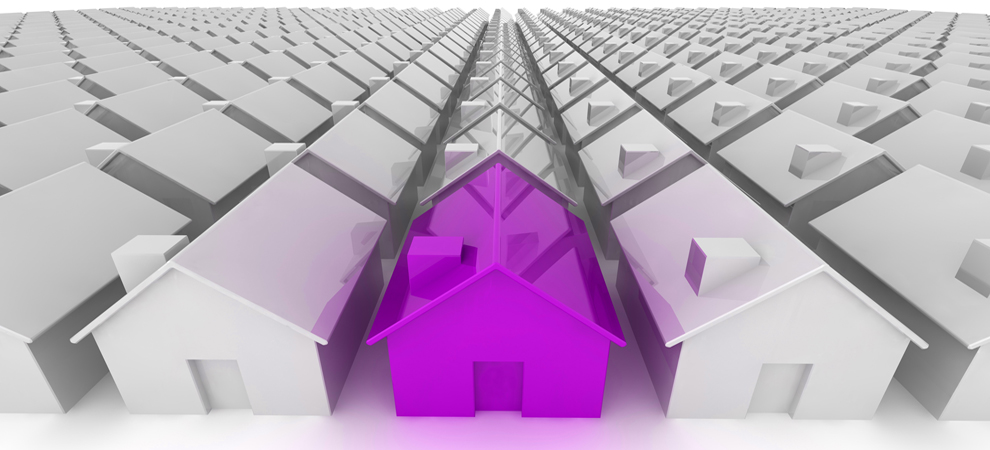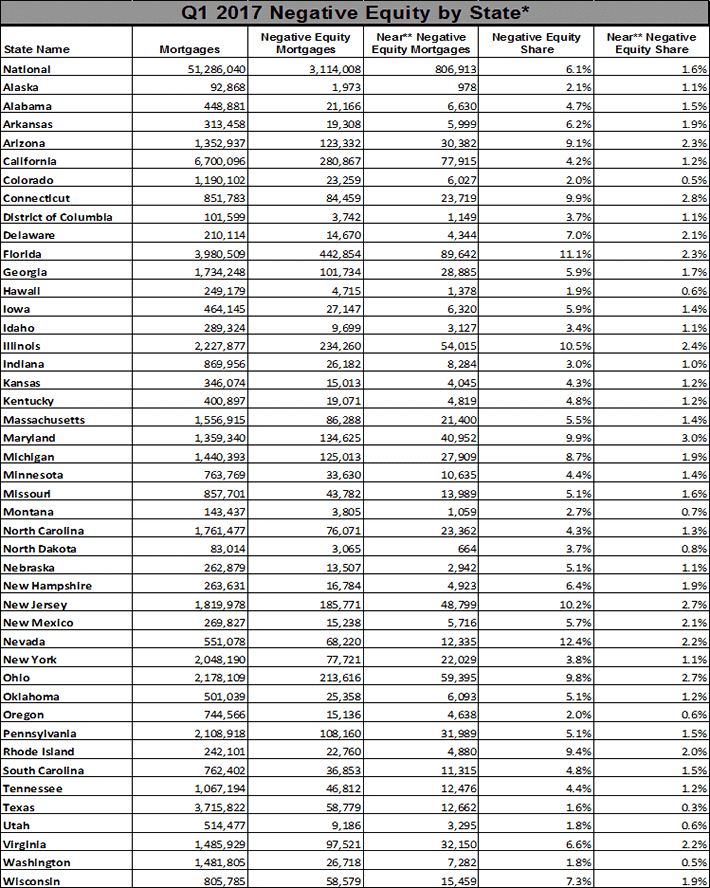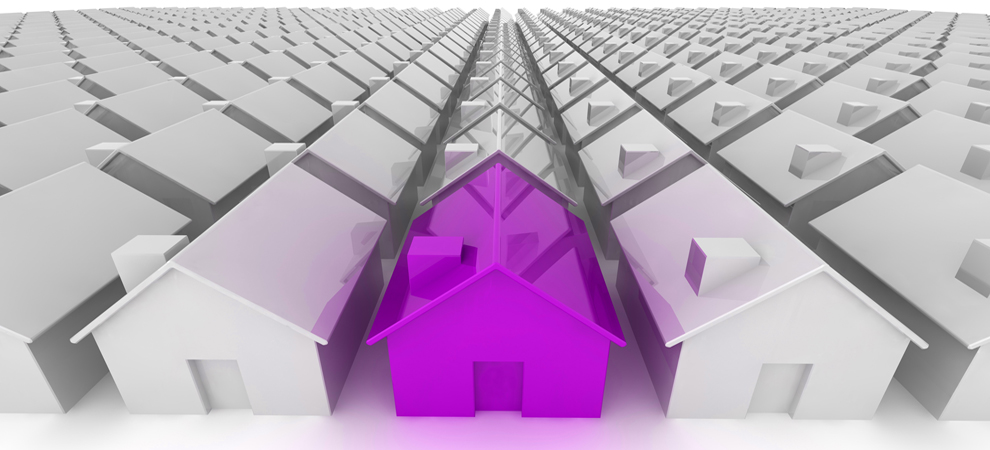
According to CoreLogic's Q1 2017 home equity analysis, U.S. homeowners with mortgages (roughly 63 percent of all homeowners) have seen their equity increase by a total of $766.4 billion since Q1 2016, an increase of 11.2 percent. Additionally, the average homeowner gained about $13,400 in equity between Q1 2016 and Q1 2017.
In Q1 2017, the total number of mortgaged residential properties with negative equity decreased 3 percent from Q4 2016 to 3.1 million homes, or 6.1 percent of all mortgaged properties. Compared to Q1 2016, negative equity decreased 24 percent from 4.1 million homes, or 8.1 percent of all mortgaged properties.

Frank Nothaft
"One million borrowers achieved positive equity over the last year, which means mortgage risk continues to steadily decline as a result of increasing home prices," said Dr. Frank Nothaft, chief economist for CoreLogic. "Pockets of concern remain with markets such as Miami, Las Vegas and Chicago, which are the top three for negative equity among large metros, with each recording a negative equity share at least twice or more the national average."
Quick Market FAQs:
- Nearly 91,000 Homeowners Regained Equity in Q1 2017
- 3.1 Million Residential Properties with a Mortgage Still in Negative Equity
- Average Homeowner Equity Increased from Q1 2016 to Q1 2017
Negative equity, often referred to as being "underwater" or "upside down," applies to borrowers who owe more on their mortgages than their homes are worth. Negative equity can occur because of a decline in home value, an increase in mortgage debt or both.
Negative equity peaked at 26 percent of mortgaged residential properties in Q4 2009 based on CoreLogic equity data analysis, which began in Q3 2009.
The national aggregate value of negative equity was approximately $283 billion at the end of Q1 2017, down quarter over quarter by approximately $2.6 billion, or 0.9 percent, from $285.5 billion in Q4 2016 and down year over year by approximately $21.5 billion, or 7.1 percent, from $304.5 billion in Q1 2016.
"Homeowner equity increased by over $750 billion during the last year, the largest increase since mid-2014," said Frank Martell, president and CEO of CoreLogic. "The rising cushion of home equity is one of the main drivers of improved mortgage performance. It also supports consumer balance sheets, spending and the broader economy."
Highlights as of Q1 2017:
- Texas had the highest percentage of homes with positive equity at 98.4 percent, followed by Utah (98.2 percent), Washington (98.2 percent), Hawaii (98.1 percent) and Colorado (98 percent).
- On average, homeowner equity increased about $13,400 from Q1 2016 to Q1 2017 (for mortgaged properties). Washington had the highest year-over-year average increase at $37,900, while Alaska experienced a small decline.
- Nevada had the highest percentage of homes with negative equity at 12.4 percent, followed by Florida (11.1 percent), Illinois (10.5 percent), New Jersey (10.2 percent) and Connecticut (9.9 percent). These top five states combined account for 32.6 percent of outstanding mortgages in the U.S.
- Of the 10 largest metropolitan areas by population, San Francisco-Redwood City-South San Francisco, CA had the highest percentage of mortgaged properties in a positive equity position at 99.4 percent, followed by Denver-Aurora-Lakewood, CO (98.6 percent), Houston-The Woodlands-Sugar Land, TX (98.5 percent), Los Angeles-Long Beach-Glendale, CA (97.3 percent) and Boston, MA (95.6 percent).
- Of the same 10 largest metropolitan areas, Miami-Miami Beach-Kendall, FL had the highest percentage of mortgaged properties in negative equity at 15.7 percent, followed by Las Vegas-Henderson-Paradise, NV (14.2 percent), Chicago-Naperville-Arlington Heights, IL (12 percent), Washington-Arlington-Alexandria, DC-VA-MD-WV (8 percent) and New York-Jersey City-White Plains, NY-NJ (5.3 percent).

Partner Souce : https://shar.es/1RBD9h
World Property Journal.


